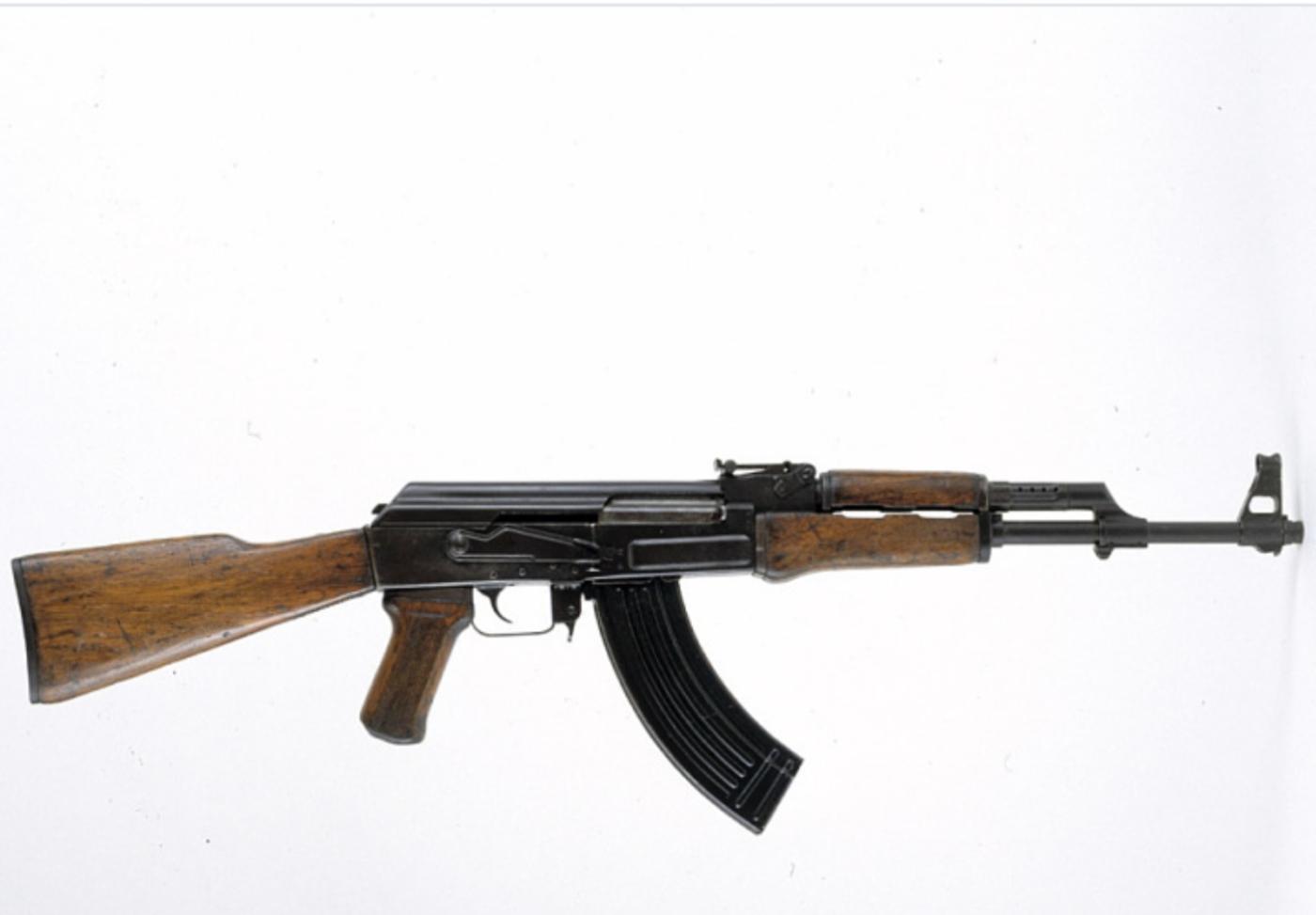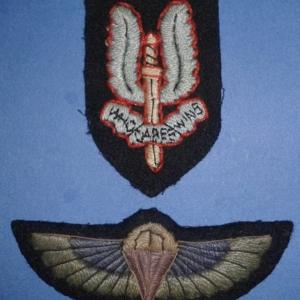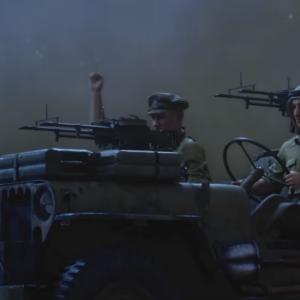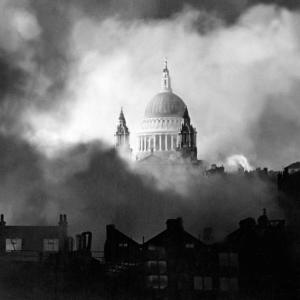
Kalashnikov AK-47
The AK-47, officially known as Avtomat Kalashnikova 1947, is one of the most recognizable and widely used assault rifles in the world. Renowned for its toughness, simplicity, and reliability, the AK-47 has had a major influence on both military history and modern warfare. First developed in the Soviet Union shortly after World War II, it has become a symbol of revolution, resistance, and national defense across numerous countries.
The AK-47 was designed by Mikhail Kalashnikov, a Soviet tank commander who turned to weapon design after being wounded during World War II. His experience with unreliable Soviet weapons in the field, especially compared to German firearms like the Sturmgewehr 44, inspired him to create a new automatic rifle. Kalashnikov submitted his prototype in 1946 as part of a state-sponsored competition. After several revisions, the Soviet military officially adopted his design in 1947. Although Kalashnikov was the lead designer, the rifle's development involved a team of engineers and military experts working together to refine the final product.
The AK-47 was first manufactured in the Soviet Union at the Izhmash factory, which is now known as Kalashnikov Concern. Early versions of the rifle featured milled receivers, which were machined from solid blocks of steel. These were eventually replaced by stamped receivers in newer models, making production faster and more cost-effective. The Soviet Union exported the AK-47 to many of its allies during the Cold War, and production quickly spread around the world. Many countries either licensed the design or made unlicensed copies of their own. As a result, the AK-47 and its variants have been manufactured in dozens of nations. Some of the most prominent producers include Russia, China, Romania, Bulgaria, East Germany, Poland, Yugoslavia (now Serbia), Egypt, and North Korea. It is estimated that more than 100 million AK-type rifles have been produced globally, making it the most widely manufactured firearm in history.
Since its introduction, the AK-47 has seen numerous variants, both official and unofficial. The original AK-47 featured a select-fire mechanism capable of both automatic and semi-automatic fire, and was chambered in 7.62×39mm. It had a milled steel receiver and was produced from the late 1940s through the early 1950s. A major evolution came with the AKM, introduced in 1959. This modernized version had a stamped metal receiver, making it lighter and cheaper to produce. The AKM also featured a slanted compensator to reduce recoil and muzzle climb, along with improvements to internal parts. In the 1970s, the AK-74 was developed. It was chambered in a smaller, faster 5.45×39mm round, which offered better accuracy and reduced recoil. This version included a distinctive muzzle brake and polymer parts to reduce weight. The most recent Russian development is the AK-12, introduced in the 2010s. It includes modern features like modular rails for optics, improved ergonomics, and compatibility with new accessories. It is now the standard rifle for the Russian military. Other important variants include the Chinese Type 56, a close copy of the original AK-47 often with a fixed spike bayonet; the Yugoslav Zastava M70, built with a reinforced receiver and grenade launcher sights; and the Hungarian AMD-65, a compact version with a unique vertical front grip.
Because of the Soviet Union’s willingness to share military technology during the Cold War, the AK-47 was copied by many countries—some under license, others without permission. Countries like East Germany, Bulgaria, Poland, and Romania manufactured the AK under official agreements with the Soviet Union, closely following original specifications. In contrast, countries such as China, Egypt, and North Korea produced their own unlicensed versions. China’s Type 56 started as a licensed copy but eventually continued without Soviet input. Egypt’s Maadi was based on Soviet designs but built domestically. North Korea’s Type 58 is essentially a clone of early Soviet models, developed in secrecy. In more recent years, civilian and commercial versions of the AK-pattern rifle have been produced in the United States and Europe. Companies such as Century Arms, Kalashnikov USA, and Arsenal Inc. build or import AK rifles for sport shooting, self-defense, and collection.
The AK-47 is not especially known for pinpoint accuracy. Its effective range is around 300 to 400 meters, and its design emphasizes durability over precision. However, it performs reliably under extreme conditions, which is one of its greatest strengths. The rifle's simple construction allows it to function in mud, sand, water, and without frequent cleaning. Its 7.62×39mm cartridge offers good stopping power, especially in close-to-medium range combat. On the downside, the rifle has more recoil than many modern rifles, making it harder to control in automatic fire. The AK-47’s loose manufacturing tolerances, while beneficial for reliability, reduce its accuracy. Its basic iron sights also limit the shooter’s ability to engage at longer ranges. However, in many conflict zones, these drawbacks are outweighed by its ease of use and ability to withstand abuse.
Beyond the battlefield, the AK-47 has taken on deep symbolic meaning. It appears on the national flag of Mozambique and is a common icon in the emblems of various revolutionary and militant groups. The rifle has become a global symbol of resistance, rebellion, and military power. Its widespread availability is a result of both Cold War politics and post-Soviet arms sales. As countries dissolved or downsized their militaries, AK rifles were often sold off in bulk or ended up in the hands of insurgent groups. Today, the AK-47 and its variants continue to be used in conflicts across Africa, the Middle East, Asia, and parts of Latin America. Its enduring popularity is a testament to its functionality, despite being a design over 75 years old.
The AK-47 remains one of the most influential and widely used firearms in history. Designed by Mikhail Kalashnikov in 1947, it became the backbone of numerous national armies and revolutionary movements throughout the 20th and 21st centuries. Although it lacks the precision of some modern rifles, the AK-47’s ruggedness, ease of use, and firepower have made it the weapon of choice for countless soldiers, rebels, and militias worldwide. Its legacy continues to shape global conflict and military design, solidifying its place in history as a weapon that changed the world.










